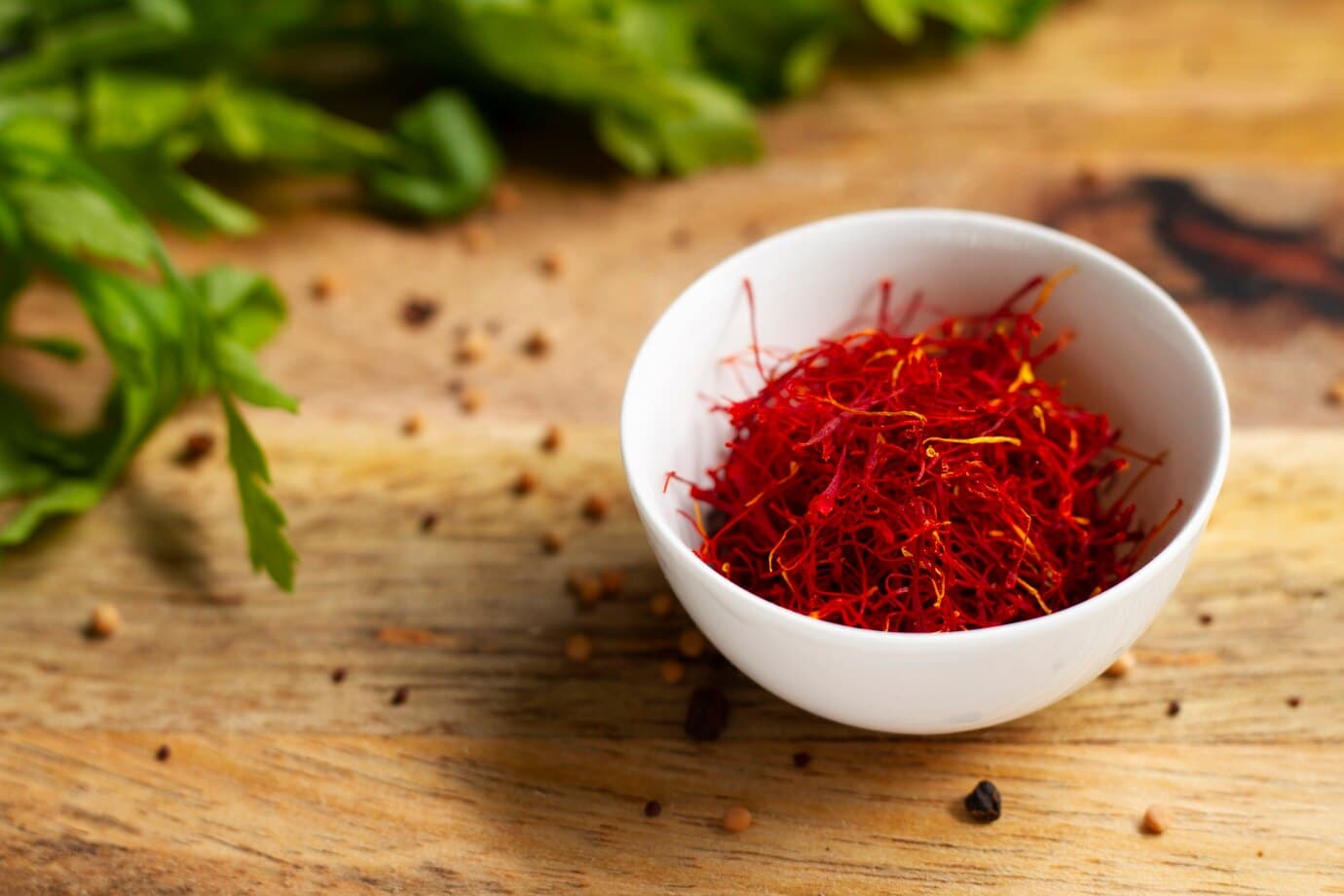Iranian saffron is one of the most famous and expensive spices in the world. As the largest producer of saffron, Iran plays a key role in the global market for this product. However, the question remains: what factors cause the price of saffron to fluctuate, and can we predict its future price trends? In this article, we’ll explore the factors that influence Iranian saffron prices and make predictions about its market trend until 2030.
Factors Influencing Iranian Saffron Prices
To make an accurate prediction about the future price of saffron, we first need to understand the key factors that currently affect its price. Here are the main factors:
Production and Supply
The amount of saffron produced in Iran varies each year. Climatic conditions, such as drought, irrigation, and farming techniques, directly affect the amount of saffron produced and, consequently, its price.
Global Demand
Iranian saffron is consumed in many countries, including India, Spain, and various European nations. Therefore, the demand for saffron in global markets plays a significant role in its price. If demand increases, the price of saffron tends to rise.
Currency Fluctuations
Iranian saffron prices are directly impacted by currency exchange rates, especially the value of the dollar. When the exchange rate rises, saffron exports become more expensive for foreign buyers, which can lead to an increase in domestic prices.
Economic and Political Influences
Iran’s economic and political situation, as well as international sanctions, can have an impact on saffron prices. Any changes in these areas can affect costs and, therefore, the final price of saffron.
Climate Change
Climate change and shifts in weather patterns can significantly impact saffron production. If conditions are unfavorable, production could decrease, leading to higher prices.
Forecasting Saffron Prices Until 2030
Considering the current conditions, it is predicted that the price of Iranian saffron will experience an upward trend over the next decade. This forecast is based on several factors:
Gradual Price Increase
Due to the growing global demand for saffron and the limitations on production, it is expected that saffron prices will rise in the long run. This increase is likely to be steady and gradual.
Short-term Fluctuations
In the short term, saffron prices are likely to experience fluctuations. Factors such as currency volatility, political and economic changes in Iran, and climate conditions can affect the price in the short term.
Advancements in Agriculture
One factor that could help stabilize or even reduce prices is the adoption of modern farming techniques. By improving agricultural practices and increasing productivity, it’s possible to reduce costs and mitigate price increases.
Challenges and Opportunities
The saffron market faces both challenges and opportunities that could influence its price:
Global Competition
Other countries, such as Afghanistan and Spain, are also increasing saffron production. This competition could put pressure on Iran’s market and, in some cases, lead to lower prices.
Improving the Supply Chain
Enhancing the supply chain, reducing transportation and distribution costs, and improving efficiency could present opportunities for lowering prices in the future.
Conclusion
The price of Iranian saffron in the coming years will depend on several factors, including production levels, global demand, currency fluctuations, and economic and political conditions. Based on current trends, it is expected that saffron prices will rise in the long term, though this increase will be gradual. However, advancements in farming technology and improvements in the economic situation could help stabilize or even reduce costs in the future.







